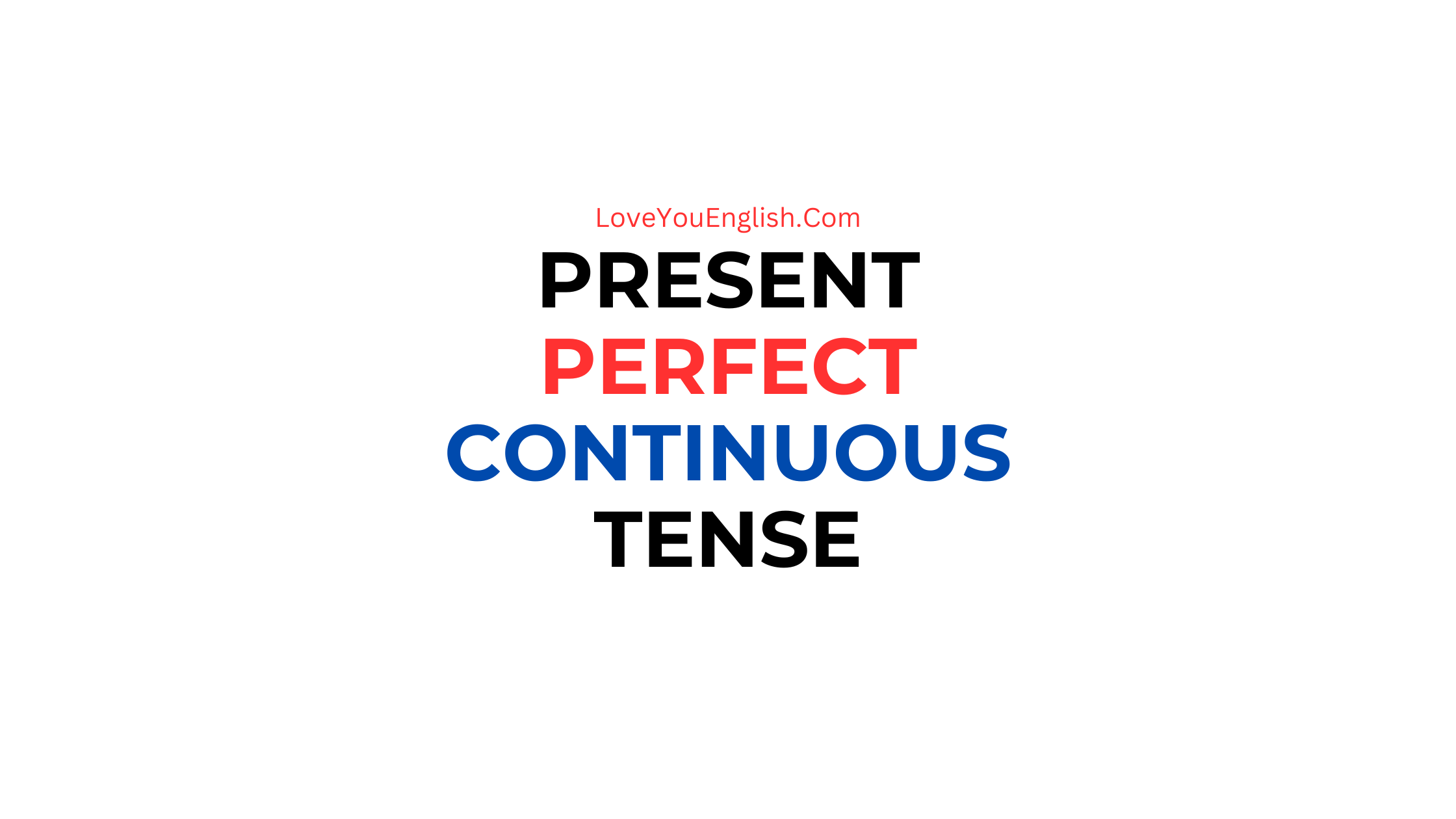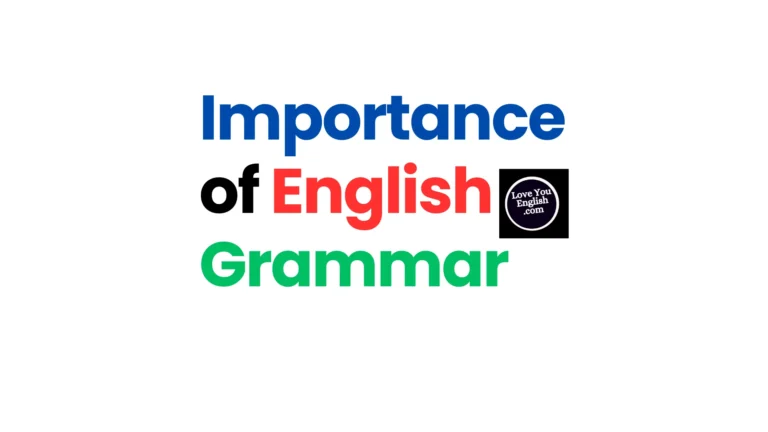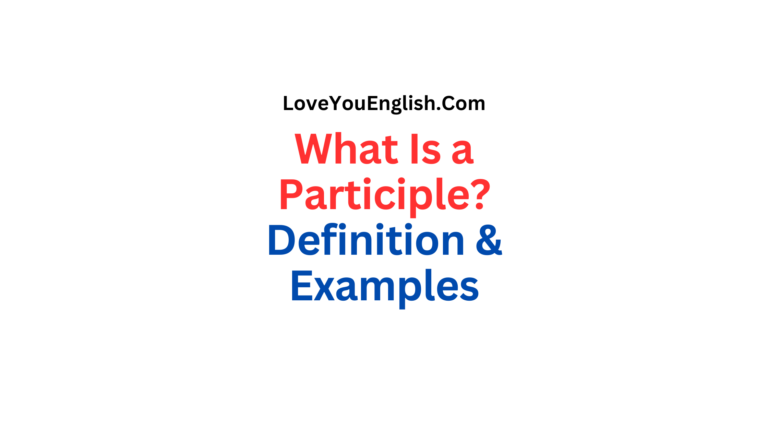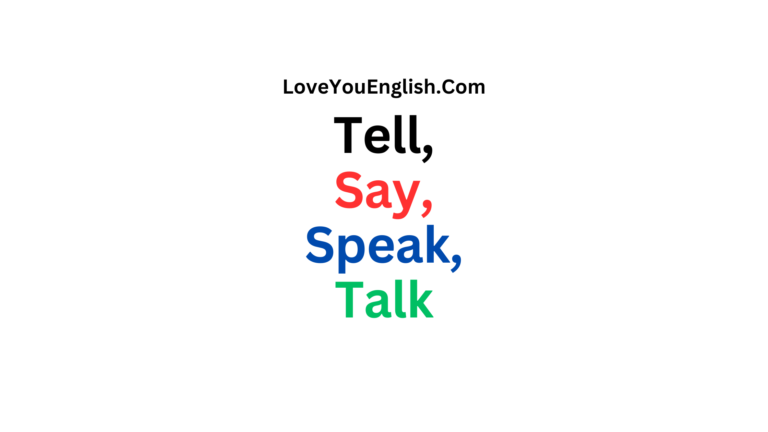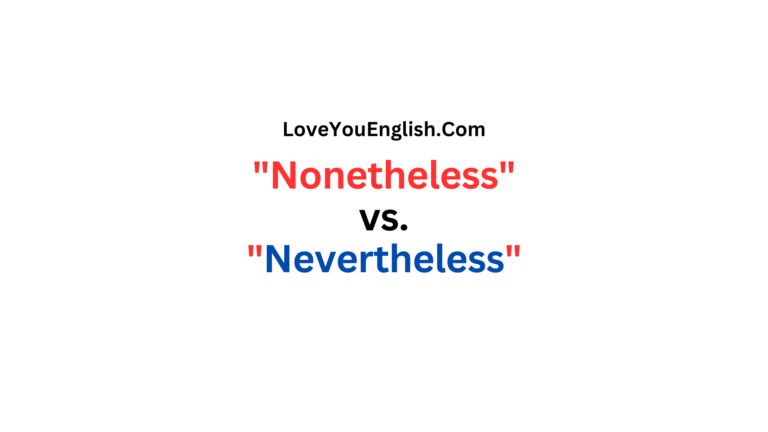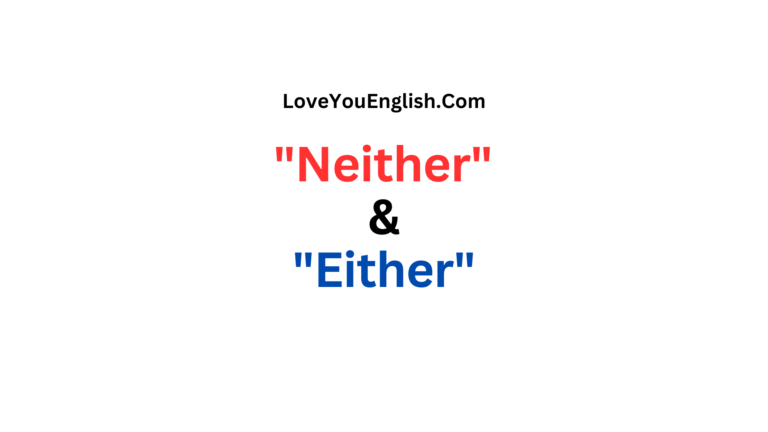Present Perfect Continuous Tense: What It Is and How to Use It
Hello everyone,
Have you ever wondered how to talk about something that started in the past and is still happening now?
Or maybe you want to describe an action that’s been going on for a while and has just finished?
If so, you need to know about the Present Perfect Continuous tense.
Don’t let the long name scare you—it’s actually quite simple once you understand it!
In this lesson, we’ll dive into the Present Perfect Continuous tense.
We’ll learn how to form it, when to use it, and look at lots of easy-to-understand examples.
By the end, you’ll be using this tense like a pro!
What Is the Present Perfect Continuous Tense?
The Present Perfect Continuous tense (also known as Present Perfect Progressive) is a verb tense in English that we use to talk about actions or situations that:
- Started in the past and are still happening now
- Started in the past, continued for some time, and have just finished
It’s called “Present Perfect” because it connects a past event with the present.
And it’s called “Continuous” because it describes actions that are ongoing or continuous over a period of time.
How to Form the Present Perfect Continuous Tense
Don’t worry; forming this tense isn’t as hard as it sounds.
Here’s the simple formula:
Subject + have/has + been + verb-ing
- Subject: This is who or what is doing the action (I, you, he, she, it, we, they).
- Have/Has: We use “have” with I, you, we, and they. We use “has” with he, she, and it.
- Been: This is always “been,” no matter who the subject is.
- Verb-ing: This is the main verb, and it always ends in “-ing” (like “running,” “eating,” “studying”).
Examples of Present Perfect Continuous
Now that you know the formula, let’s see it in action with some easy examples:
1. I have been studying English for two years.
- Subject: I
- Have/Has: have (because the subject is “I”)
- Been: been
- Verb-ing: studying
This sentence means that I started studying English two years ago, and I’m still studying it now.
2. She has been working at the café since June.
- Subject: She
- Have/Has: has (because the subject is “she”)
- Been: been
- Verb-ing: working
This means that she started her job at the café in June, and she’s still working there now.
3. They have been playing soccer all afternoon.
- Subject: They
- Have/Has: have (because the subject is “they”)
- Been: been
- Verb-ing: playing
This sentence tells us that they started playing soccer earlier in the afternoon and have been playing continuously until now.
4. It has been raining since morning.
- Subject: It
- Have/Has: has (because the subject is “it”)
- Been: been
- Verb-ing: raining
This means that it started raining in the morning and is still raining now.
More Examples with Different Subjects
Let’s look at more examples to see how the tense changes with different subjects:
- I have been reading this book for a week.
- You have been learning Japanese since January.
- He has been cooking dinner for an hour.
- She has been waiting for the bus for 20 minutes.
- It has been snowing all day.
- We have been planning this party for months.
- They have been traveling around Europe since last summer.
Notice how we use “have” with I, you, we, and they, but “has” with he, she, and it. The rest of the structure (been + verb-ing) stays the same.
When to Use the Present Perfect Continuous Tense
Now that you know how to form this tense, let’s talk about when to use it.
There are two main situations:
Actions That Started in the Past and Are Still Happening Now
We use this tense when we want to talk about something that began in the past and is still ongoing.
For example:
- “I have been living in New York for five years.” (I moved to New York five years ago and still live there now.)
- “He has been studying medicine since he graduated from high school.” (He started studying medicine after high school and is still a medical student now.)
- “They have been dating for six months.” (They started dating six months ago and are still in a relationship.)
In these cases, we often use “for” or “since” to show how long the action has been happening:
- Use “for” + a period of time: for two hours, for three weeks, for a year
- Use “since” + a specific point in time: since 2 PM, since last Monday, since 2010
Actions That Started in the Past, Continued for Some Time, and Have Just Finished
We also use this tense to talk about actions that started in the past, went on for a while, and have only just stopped. Often, we use this to explain a present situation.
For example:
- “I’m tired because I have been working all day.” (I worked all day and just finished, and now I’m tired as a result.)
- “She’s wet because she has been swimming in the pool.” (She was swimming for some time and just got out, so now she’s wet.)
- “They’re hungry because they have been hiking since sunrise.” (They started hiking at sunrise, continued until now, and have just stopped, so they’re hungry.)
In these examples, we’re more interested in the fact that the action was ongoing, not exactly how long it lasted.
We’re focusing on the effect it has had (being tired, wet, or hungry).
Common Time Expressions
When using the Present Perfect Continuous, we often include words or phrases that show how long something has been happening.
Here are some common ones:
- For + time period: for an hour, for two days, for three years
- Since + starting point: since 9 AM, since Monday, since 2015
- All + time period: all day, all week, all year
- The whole + time period: the whole morning, the whole weekend
- How long: How long have you been waiting?
Examples:
- “We have been friends for ten years.”
- “It has been freezing since last week.”
- “They have been arguing all evening.”
- “I have been cleaning the house the whole day.”
- “How long have you been learning guitar?”
Negative and Question Forms
Negative Form
To make a sentence negative, just add “not” between “have/has” and “been”:
- Positive: I have been working.
- Negative: I have not been working. (Or: I haven’t been working.)
More examples:
- “She has not been feeling well.” (Or: She hasn’t been feeling well.)
- “They have not been attending classes.” (Or: They haven’t been attending classes.)
- “We have not been seeing each other much.” (Or: We haven’t been seeing each other much.)
Question Form
To form a question, move “have/has” to the beginning of the sentence:
- Statement: You have been studying.
- Question: Have you been studying?
More examples:
- “Has she been crying?”
- “Have they been living here long?”
- “Has it been raining all day?”
Present Perfect Continuous vs. Present Perfect Simple
You might be wondering, “What’s the difference between ‘I have been working’ (Present Perfect Continuous) and ‘I have worked’ (Present Perfect Simple)?” Great question!
The difference is in the focus:
Present Perfect Continuous (I have been working) focuses on the ongoing nature of the action.
It emphasizes the duration and often suggests that the action might continue.
Present Perfect Simple (I have worked) focuses on the completion or result of the action.
It doesn’t emphasize how long it took.
More examples:
“She has been painting the room.” (Emphasis on the ongoing process)
-
- vs. “She has painted the room.” (Emphasis on the completed task)
“They have been saving money.” (Focus on the continuous effort)
-
- vs. “They have saved $5,000.” (Focus on the total amount saved)
Common Mistakes to Avoid
When learning the Present Perfect Continuous, people often make a few common mistakes.
Let’s look at them so you can avoid them:
Forgetting “Been”
Wrong: ❌ “I have working all day.”
Right: ✅ “I have been working all day.”
Remember, “been” is a crucial part of this tense. Never leave it out!
Using the Wrong Form of the Verb
Wrong: ❌ “She has been work since morning.”
Right: ✅ “She has been working since morning.”
Always use the -ing form of the verb (working, studying, playing, etc.).
Mixing Up “For” and “Since”
Wrong: ❌ “I have been learning English since three years.”
Right: ✅ “I have been learning English for three years.”
Remember:
- Use “for” with periods of time: for three years, for two hours
- Use “since” with specific points in time: since 2020, since last Monday
Using It with State Verbs
Some verbs (like “be,” “have,” “know,” “like”) describe states rather than actions.
We usually don’t use these with continuous tenses.
Wrong: ❌ “I have been knowing her for years.”
Right: ✅ “I have known her for years.”
Wrong: ❌ “He has been having a car since college.”
Right: ✅ “He has had a car since college.”
Real-Life Examples
Let’s look at some real-life situations where you might use the Present Perfect Continuous:
At Work
Your boss asks why a project is taking so long.
You: “I have been facing many technical issues, but I’m close to solving them.”
Meeting a Friend
Friend: “Wow, you look fit! What’s your secret?”
You: “I have been going to the gym five times a week since New Year’s.”
On the Phone
Mom: “Why are you out of breath?”
You: “Sorry, I have been running in the park. I’m trying to get in shape.”
At a Party
Host: “I’m sorry the food isn’t ready yet.”
You: “No worries! I have been chatting with everyone, so I didn’t even notice.”
Weather Talk
Friend: “The streets are so wet!”
You: “Yes, it has been raining non-stop since yesterday.”
Practice Exercises
Now it’s your turn to practice! Try to complete these sentences using the Present Perfect Continuous tense:
- My sister __________ (study) for her exams all week.
- How long __________ (you / wait) for the bus?
- It __________ (snow) since last night.
- They __________ (not / speak) to each other lately.
- __________ (he / work) at that company for long?
Answers:
- My sister has been studying for her exams all week.
- How long have you been waiting for the bus?
- It has been snowing since last night.
- They have not been speaking (haven’t been speaking) to each other lately.
- Has he been working at that company for long?
Conclusion
The Present Perfect Continuous tense might sound complicated, but it’s actually quite simple once you understand it.
Here’s what to remember:
Use it for actions that:
Form it like this: Subject + have/has + been + verb-ing
-
- I, you, we, they → have been verb-ing
- He, she, it → has been verb-ing
Often used with:
With this knowledge, you can now talk about ongoing actions and their durations with confidence.
Whether you’re discussing how long you’ve been learning English, explaining why you’re tired, or describing the weather, the Present Perfect Continuous tense will help you express yourself clearly.
Keep practicing, and soon it will feel as natural as any other tense.
Happy learning!

